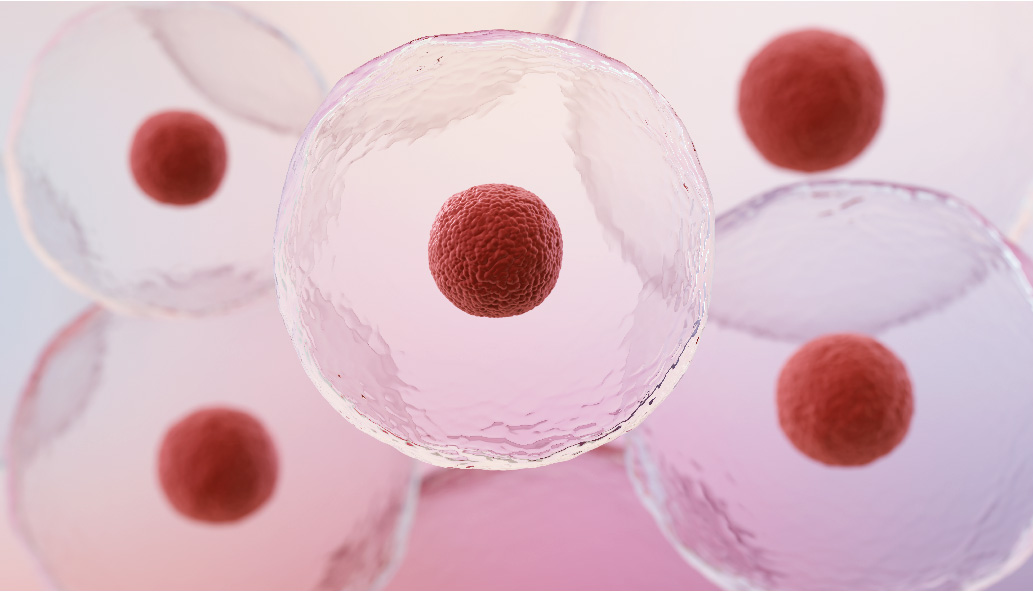

Idiopathic pulmonary fibrosis (IPF) is a chronic, progressive, and irreversible lung disease where scar formation in the lungs leads to its decreased function. There is a high demand to develop and evaluate novel therapeutics for IPF since current treatments only slow progression. Pulmonary fibrosis animal models are essential for preclinical drug development studies. Aragen is working on clinically relevant models including rodent models, ex vivo models, and in vitro models of pulmonary fibrosis for drug discovery efforts. In consultation with clients and partners, our scientists use the appropriate preclinical model system that is required to improve your drug development pipeline for pulmonary fibrosis.
The most common preclinical animal model for IPF is the rodent model of bleomycin-induced pulmonary fibrosis.
Bleomycin induction causes inflammatory and fibrotic reactions within a short period of time in rodent lungs.
Study animals: C57BL/6 (strong responder strain) (Young or Aged Mice)
Fibrosis induction: Clinical grade bleomycin instilled via oropharyngeal route, osmotic minipump, subcutaneous injection
Treatment regimen tested: Therapeutic or Prophylactic
Readouts: Lung weight, leukocyte count in BALF, histopathology, lung function parameters, collagen assays, cytokine profile by MSD and gene/biomarker expression analysis
While the bleomycin-induced model for IPF is a useful model to study lung fibrosis, a key concern with this model is reproducibility, animal mortality, intracohort variability, and inconsistency in disease induction. With a dedicated team of scientists focused on fibrosis, Aragen has successfully established a highly reproducible model of IPF that has been used to evaluate many drug candidates and has helped accelerate several candidates beyond preclinical phase. Thus, our robust bleomycin-induced pulmonary fibrosis model for IPF that shows consistent disease induction and has been used to develop both therapeutic and prophylactic candidates
Aragen has also developed bleomycin models of systemic sclerosis that develops fibrosis of both lung and skin. Systemic/subcutaneous administration of bleomycin tends to produce more perivascular/subpleural fibrosis, while intratracheal bleomycin administration tends to cause peri-bronchial/bronchiolar (hilar) fibrosis.
Silicosis, a pulmonary disease caused by prolonged exposure to silica is one of the leading occupational diseases in the world. There is no effective treatment for this disease, and this remains an urgent unmet need. Aragen has developed a silica-induced pulmonary fibrosis model in mouse. Mice are instilled with crystalline silica or saline via oropharyngeal route. Silica-instillation causes persistent inflammation of alveoli leading to inflammatory and fibrotic processes not resolving with time. This model of non-resolving lung fibrosis provides quantitative assessment of disease progression over a longer period of time, essential towards evaluation of fibrotic disease burden and antifibrotic therapy evaluation in preclinical studies. The gene expression profile presents a profile that is different compared to bleomycin induced lung fibrosis model suggesting the activation of different pathways in both models.
The lipopolysaccharide (LPS)-induced ALI model in rodents is a very relevant in vivo model for ALI/ARDS. LPS-induction results in microvascular injury, edema, and diffuse alveolar damage with intrapulmonary characteristics that are similar to what is seen in patients with ALI/ARDS. When delivered into animals, LPS exposure displays features of microvascular lung injury, including leukocyte accumulation in lung tissue, pulmonary edema, and profound lung inflammation. Similar to the bleomycin-induced model, there are multiple ex vivo analyses that can be performed to establish that injury has occurred and determine the efficacy of test therapeutics.
Experience that counts: over 75 combined years of experience in fibrosis
Experience that delivers: over 600 successful fibrosis studies for 50+ customers
Stellar track record of success: 11 programs in clinical development, most advancing to phase II
